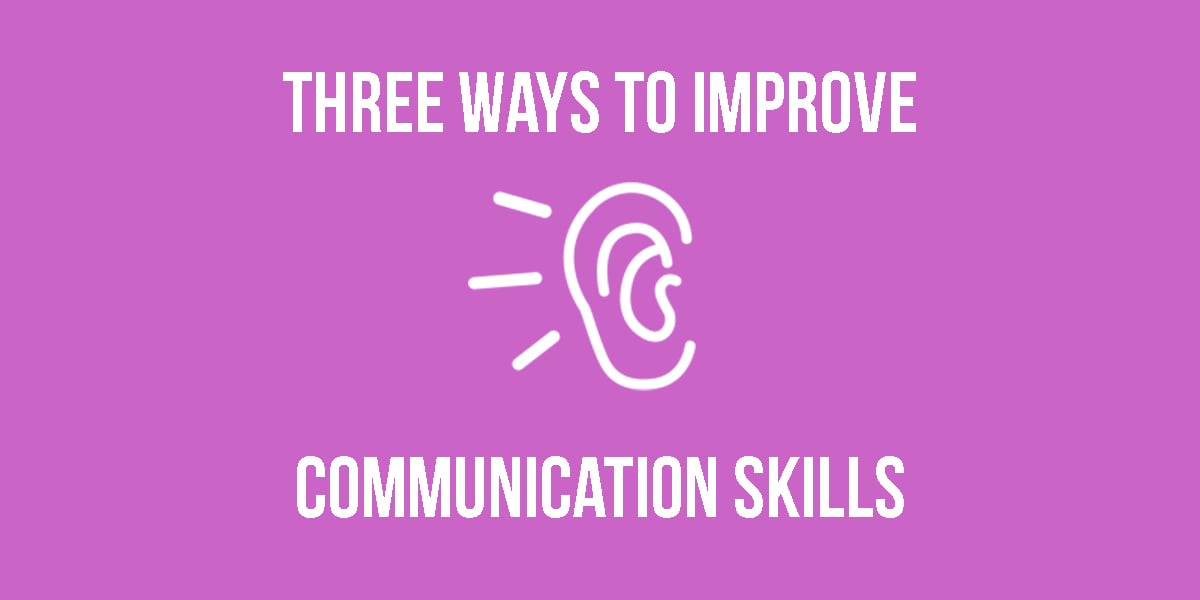
With the world constantly growing with new technology, there are increasingly new ways to get work done without the need to communicate with other people. Technology is amazing and continues to do wonderful things for the world, but this decrease in the need for communication could be worrisome. Humans are social creatures—we’re meant to interact and communicate with other people around us. When considering this, there is never a bad time to improve your communication skills. We’ve got three ways to help your communicate better with the people your surround yourself with.
Communication is a two-way street after all. If you’re communicating, there is also going to be someone listening. Listening is such an important skill as well as one that tends to be overlooked a lot. By practicing your listening skills, you can start to understand and empathize better with other people. Remember, listening is work, so work at it!
- Make sure your body language is open
Communication is not only about the words you’re saying, but also the way you’re saying them and presenting yourself. No one wants to hold a conversation with someone who looks at the ground the whole time or presents themselves as being in a bad mood. Rather, we want to talk to people who are open and happy to talk to us. Body language is a key factor in how people perceive us.
- Know your audience
Lastly, know and understand who you’re talking to. For example, you wouldn’t speak to your parents the way you speak to one of your friends. Different people play different roles in your life, so its important to cater the way you’re communicating to fit with that person.
Hopefully with these three factors, your communication skills will be improving in no time. Remember, when you’re speaking with other people you should have three goals: describe, demonstrate, and explain. If you can manage all of those things while keeping these three factors in mind, you’re already becoming a great communicator. If you want to learn more about how we use utilize communication skills in our daily work, click here to learn more about us.





